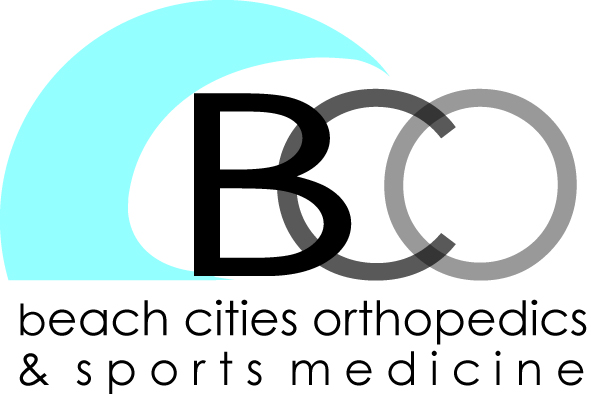What is rotator cuff tendonitis?
The rotator cuff consists of four muscles (subscapularis, infraspinatus, supraspinatus and teres minor) that assist in lifting your arm overhead. Rotator cuff tendonitis occurs when there is pinching of the cuff tendon under the acromion bone. Injury can be secondary to mechanical irritation or muscular imbalance. Mechanical irritation results from a bone spur under the acromion or weak rotator cuff muscles causing the humeral head to move upward and hit the overlying bone. This begins as bursitis or inflammation of the bursae sac. As the bursae becomes inflamed, it swells and becomes painful. If this continues unchecked, the tendon will become inflamed and swollen as well (tendonitis). Finally, a chronically irritated rotator cuff tendon may become so weakened that it tears.
How is rotator cuff tendonitis diagnosed?
Rotator cuff tendonitis usually causes pain at the side of the shoulder. Rotator cuff pain can be quite diffuse and patients often complain of pain from the neck to the hand. Pain at night, with overhead activity, and while reaching for something in the back seat of the car are also common complaints. On exam, pain is elicited with overhead motion. If weakness is noted on muscle testing a rotator cuff tear is suspected. A MRI may be used help the diagnosis.
How is rotator cuff tendonitis treated?
The goal of treatment of rotator cuff tendonitis is to increase the clearance for the rotator cuff beneath the acromion. This can be accomplished commonly with a rotator cuff strengthening program. The second approach to treatment is a subacromial steroid injection. The injection is not placed into the tendon, but rather over it, and has an affect like placing aloe on a sunburn. It decreases the swelling allowing the tendon to move freely. In cases of tendonitis with continued pain surgery is another option. The surgery performed for rotator cuff tendonitis is called subacromial decompression. With the use of two small 1 cm incisions and an arthroscope, the spur is removed from the undersurface of the acromion increasing clearance for the rotator cuff. The surgery is performed as an outpatient and recovery is usually within 6 weeks.
What if my rotator cuff is torn?
A torn rotator cuff will not heal on it’s own. The tendon is under tension, and needs compression to heal back together. The surgery for a torn rotator cuff is an hour long arthroscopic procedure. First, the spur is removed with a high-speed burr. Next, the tear is repaired with the use of high tensile suture and small titanium or plastic anchors to reattach the tendon to the bone.
The surgery is performed as an outpatient. Use of your arm is limited for the initial 6 weeks. Physical therapy should start within a few days of surgery with a goal to obtain full motion of the arm as soon as possible. Strengthening is begun after the 6 week mark. Most people are able to return to full activity and sports pain free!
Authored by Brad Thomas, MD




